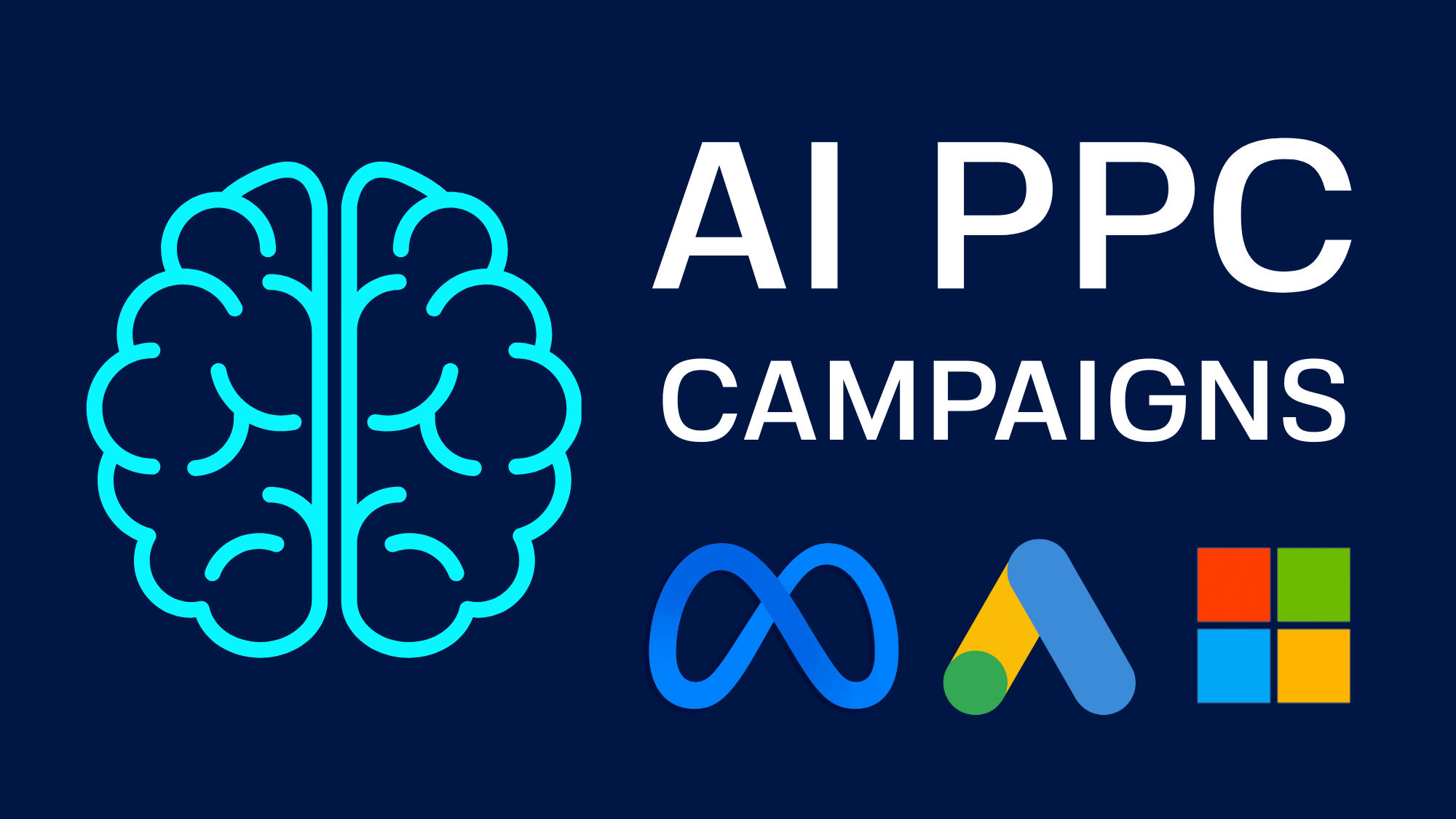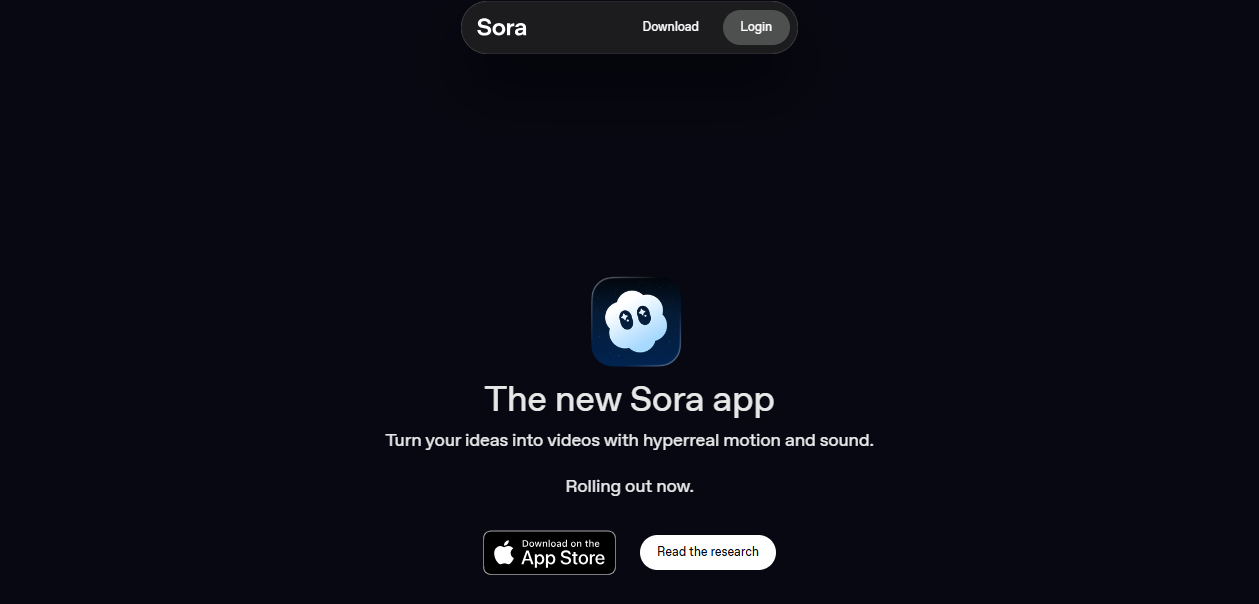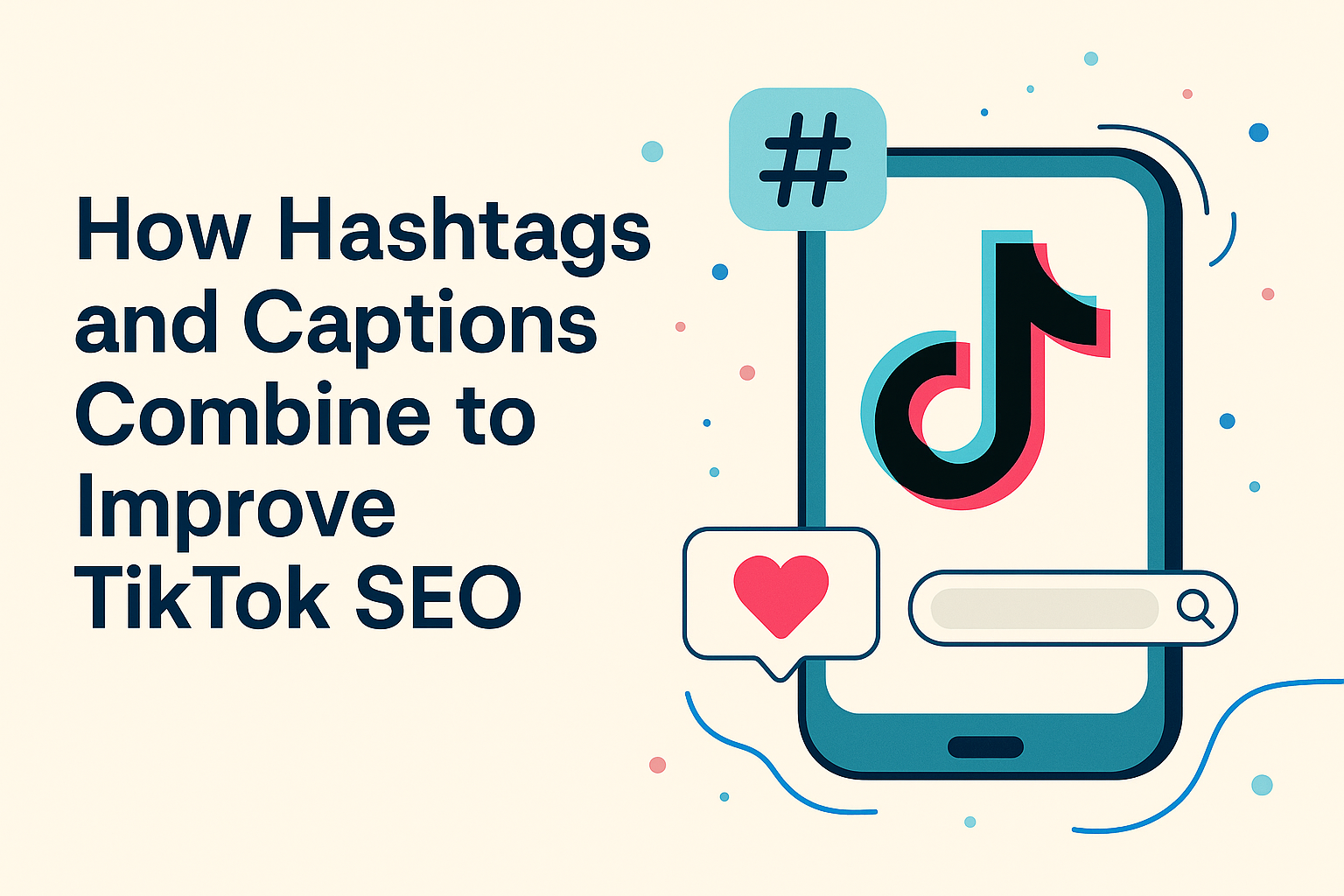Have you ever wondered why PPC campaigns feel so different today compared to just a few years ago? Pay-per-click (PPC) advertising has always been about precision and timing.
Businesses put money into clicks hoping to capture attention at the perfect moment.
But with the explosion of artificial intelligence (AI), PPC management has entered a bold, transformative era.
Today, AI is not a side feature, it is the driving force behind how campaigns succeed.
Across Google Ads, Meta Ads, and Microsoft Ads, AI powers everything from predictive targeting to automated bidding, creating campaigns that are smarter, faster, and more profitable.
In this article, we’ll dive into how AI is revolutionizing PPC campaigns across platforms, why it matters for every marketer, and what challenges you should be ready to face.
What Is AI in PPC Campaigns?
Before diving into why AI matters, it is important to define what it actually means in the context of pay-per-click campaigns.
AI in PPC refers to the use of machine learning, predictive analytics, and automation to manage, optimize, and scale advertising campaigns across different platforms.
Instead of relying only on manual adjustments, AI systems evaluate enormous datasets, detect patterns, and act in real time.
Some examples include algorithms that automatically adjust bids depending on user signals or systems that personalize ad creatives based on audience segments.
In short, AI in PPC is about shifting from human guesswork to data-driven intelligence.
Why AI Matters in PPC Campaigns
Artificial intelligence matters in PPC because it allows marketers to move beyond manual processes.
Traditionally, advertisers had to spend hours analyzing data, testing variations, and adjusting bids.
Now, AI can perform these tasks in real-time and at massive scale.
- Speed and scale: AI can analyze millions of data points instantly, something no human team could achieve manually.
- Smarter decision-making: Machine learning identifies patterns in user behavior, predicting who is most likely to click and convert.
- Cost efficiency: By reducing wasted ad spend, AI ensures budgets are directed toward high-performing opportunities.
- Cross-channel insights: AI systems can integrate data from multiple platforms, allowing advertisers to see how campaigns interact across search, social, and display networks.
- Better user experiences: By delivering more relevant ads, AI minimizes ad fatigue and increases the chances of meaningful engagement.
Therefore, AI not only saves time but also delivers more precise targeting, higher ROI, and a more holistic view of digital marketing performance.
Google Ads: Pioneering AI-Powered Campaigns

Google Ads has been one of the earliest and most advanced adopters of AI technology.
The platform integrates machine learning at nearly every stage of the advertising process, from how ads are displayed to how budgets are optimized.
For advertisers, this means Google’s AI acts like an always-on assistant, constantly analyzing signals, adjusting bids, and testing creative variations to ensure ads reach the right users at the right time.
Here are the key areas where Google’s AI efforts make the biggest impact:
1. Smarter Bidding Strategies
AI-driven Smart Bidding uses real‑time signals such as location, device, and time of day to adjust bids automatically.
The system evaluates many factors at once, like whether a user is on mobile during commuting hours or on desktop during work hours.
Instead of fixed bid rules, advertisers let Google’s algorithms optimize toward goals such as conversions or return on ad spend.
This helps campaigns reach the right users while cutting wasted spend and reducing manual adjustments.
2. Responsive Search Ads
Responsive Search Ads (RSAs) are ad formats where advertisers provide several headlines and descriptions.
Google’s AI then mixes and matches these elements, testing different combinations to learn which ones perform best.
Over time, this process improves ad relevance and boosts click-through rates without requiring constant manual testing.
3. Responsive Display Ads
For display, Responsive Display Ads (RDAs) work in a similar way but with images, logos, and copy.
The system automatically adjusts combinations to fit different placements across the web.
This flexibility allows brands to scale campaigns quickly while maintaining consistent quality and visibility.
4. Predictive Analytics
Google’s predictive tools, like the Budget Simulator and Performance Planner, help advertisers understand how different budgets or bidding strategies might impact performance.
These tools run simulations based on historical data and trends, offering projections about conversions, costs, and return on ad spend.
With these insights, advertisers can make more informed decisions, allocate budget more effectively, and prepare with confidence for seasonal shifts or market changes.
Meta Ads: Personalization at Scale (Facebook & Instagram)
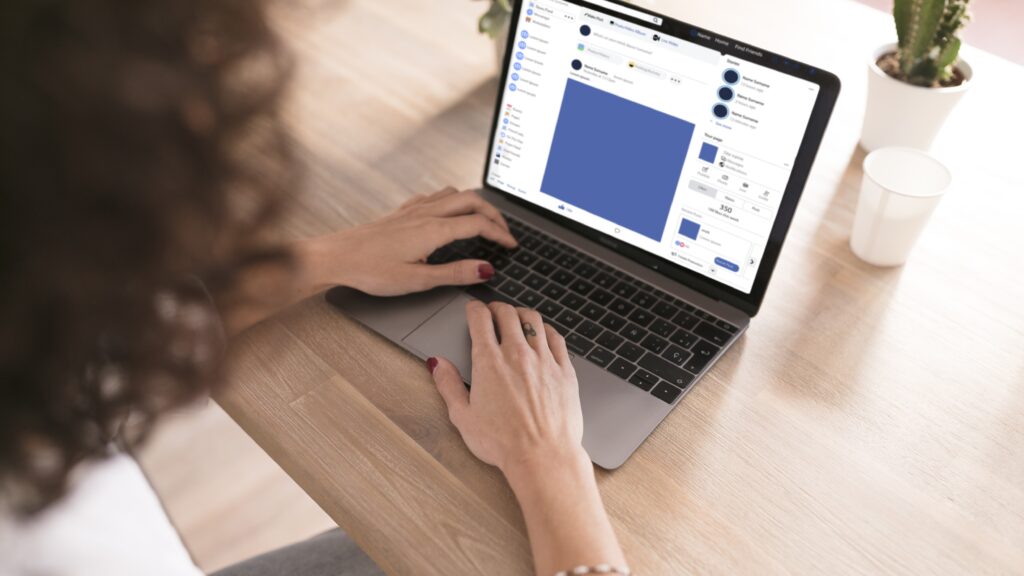
Meta’s platforms, Facebook and Instagram, rely heavily on AI to deliver ads that feel personalized to users while maximizing advertiser performance.
Instead of relying only on demographic targeting, Meta’s systems process behavioral data, past interactions, and content preferences to predict what people want to see.
This makes advertising feel less intrusive and more relevant, while helping businesses stretch their budgets further by focusing on users who are most likely to engage or convert.
Meta’s AI brings its value to three main areas that shape performance most strongly:
1. Advanced Audience Targeting
Meta’s AI uses vast amounts of behavioral data to predict which users are most likely to engage with an ad.
It considers factors such as browsing history, engagement patterns, and even purchasing behavior.
As a result, advertisers can reach high-intent audiences without needing to create dozens of complicated audience segments manually.
2. Creative Optimization
With Advantage+ Creative, advertisers can upload a variety of images, videos, and text.
The AI system automatically experiments with combinations, learning which versions resonate best with each audience.
Over time, this process fine‑tunes ad delivery, ensuring messages feel relevant and maximizing engagement without heavy manual testing.
3. Campaign Automation
Advantage+ Shopping Campaigns simplify management by automating targeting, bidding, and creative delivery.
The AI continuously optimizes these elements in real time, adjusting budgets and placements for stronger performance.
For e‑commerce brands, this results in steady sales growth, better use of ad spend, and fewer hours spent monitoring campaign details.
Microsoft Ads: Smarter Reach Through AI
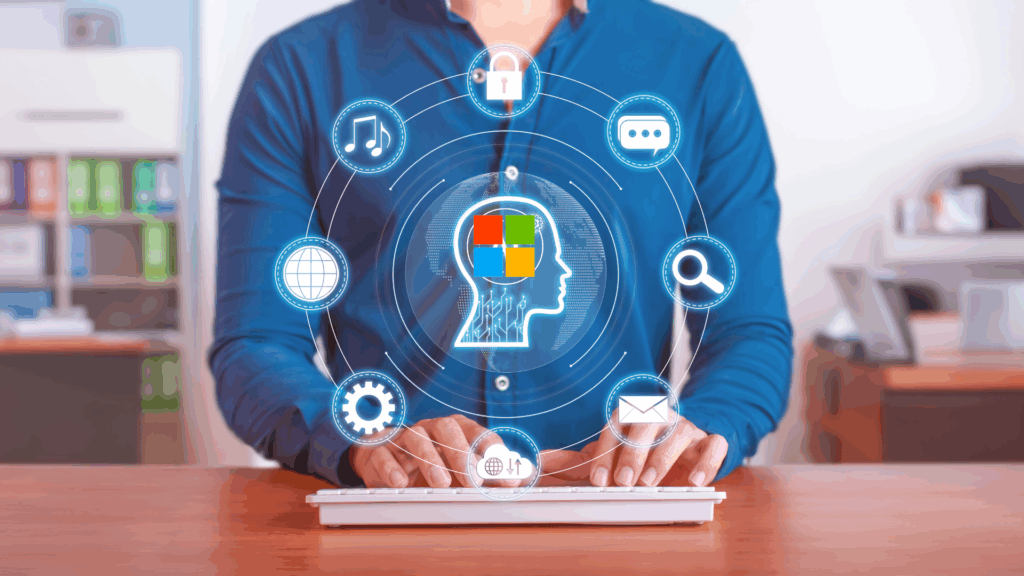
Microsoft Ads may not match Google in market share, but its AI features make it an important platform for advertisers.
Microsoft has invested heavily in machine learning to improve search intent recognition, targeting accuracy, and partner network expansion.
For many businesses, Microsoft Ads provides cost-effective opportunities and access to audiences that may not be as saturated as Google.
Microsoft Ads’s AI demonstrates its strength across three main areas that matter most:
1. Intelligent Search Advertising
Microsoft Ads uses AI to understand search intent more accurately, helping advertisers deliver highly relevant ads.
For example, if a user types a broad query, Microsoft Ads’s AI can analyze contextual signals to determine whether the user is researching, comparing, or ready to purchase.
This deeper intent recognition means ads appear at the perfect stage of the customer journey.
2. Audience Network Expansion
The Audience Network in Microsoft Ads leverages predictive analytics to reach people outside the main search engine.
It places ads across trusted partner sites and apps where potential customers are likely to be active.
This approach extends visibility beyond search results, helping advertisers expand reach while keeping targeting precise.
3. Cost-Effective Opportunities
Competition on Microsoft Ads is often lower than on Google, which makes it attractive for advertisers.
AI-powered bidding and targeting deliver lower cost-per-click while maintaining traffic quality.
As a result, businesses can stretch their budgets further, generate qualified leads, and grow campaigns without overspending.
The Bigger Picture: Industry-Wide Shifts in PPC

The impact of AI goes beyond individual platforms.
It is reshaping the PPC industry by redefining how advertisers design strategies and how users interact with ads.
Instead of campaigns being guided mainly by manual adjustments, AI now drives targeting, bidding, and personalization at scale, transforming both efficiency and user experience.
Improved ROI Through Prediction
With machine learning, PPC platforms can predict which users are most likely to convert based on behavior and context.
This predictive power means advertisers avoid wasted clicks, directing spend only toward audiences with the highest potential value.
Over time, these predictions become sharper as the system learns from new data, increasing ROI and stabilizing performance.
Personalized User Experience
AI ensures ads feel hyper-relevant by tailoring messages to individual behaviors, search queries, and preferences.
This relevance reduces ad fatigue, improves click-through rates, and builds stronger trust with users.
When people consistently see ads that match their interests, they are more likely to engage, return, and convert.
Competitive Advantage
As more businesses adopt AI in PPC, those who resist risk falling behind.
Early adopters benefit from lower costs, deeper insights, and faster scaling.
By staying ahead of the curve, they gain a competitive edge, while companies that stick to manual methods often overspend and underperform in increasingly AI-driven marketplaces.
Future of PPC Advertising
AI is not here to replace PPC marketers, it is here to empower them.
Platforms like Google, Meta, Bing, and LinkedIn demonstrate how AI can optimize bids, personalize creatives, and predict user behavior with incredible accuracy.
By embracing these tools, advertisers can maximize efficiency, drive stronger results, and remain competitive in today’s rapidly evolving digital marketplace.
The future of PPC is not just digital, it is AI-powered.
Ready to Take Your PPC Campaigns to the Next Level?
At FloMarketing, we specialize in creating data-driven PPC strategies tailored to your business goals.
Whether you need smarter bidding, advanced targeting, or creative optimization across Google Ads, Meta, Microsoft Ads, our team is here to help you maximize results and minimize wasted spend.
Let’s build campaigns that grow your business.Contact FloMarketing today to start your PPC journey.

